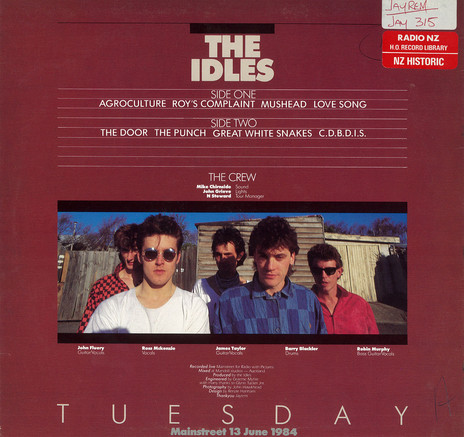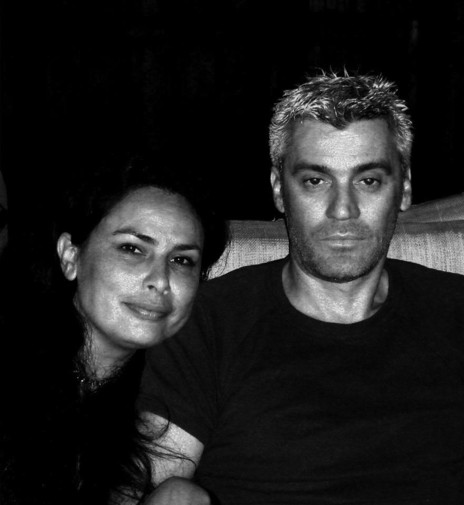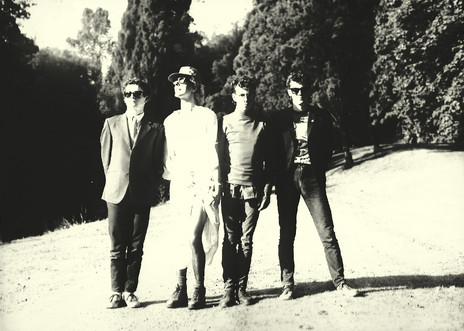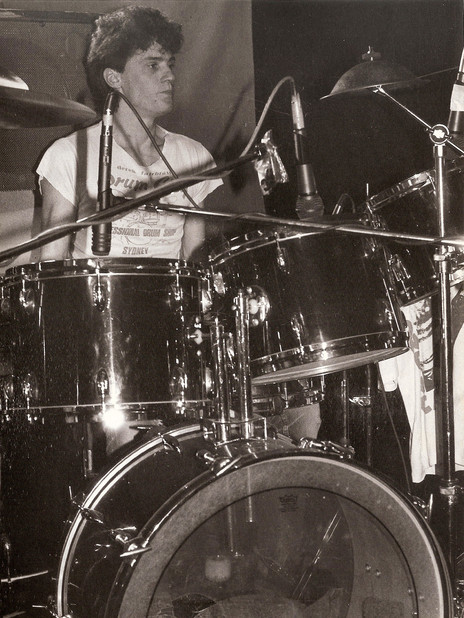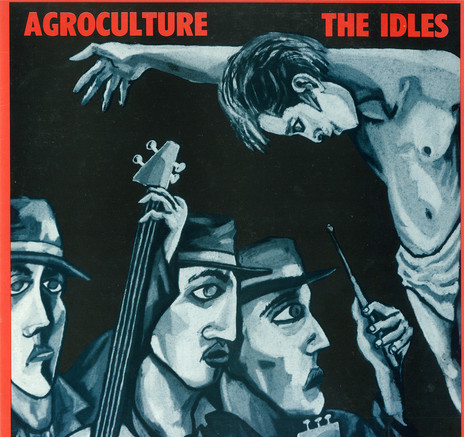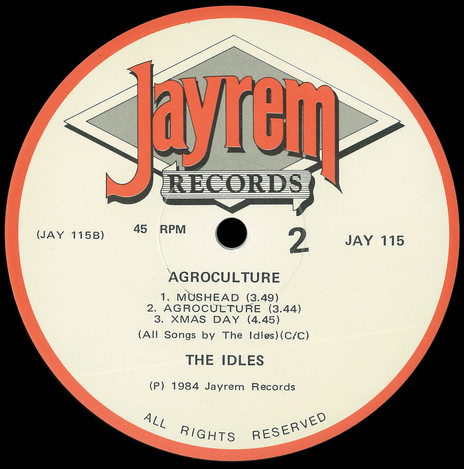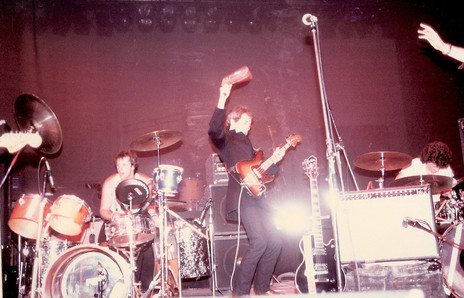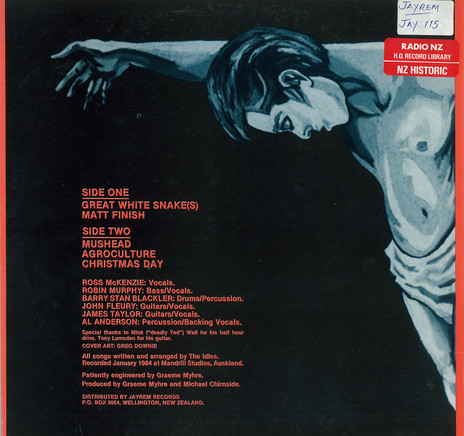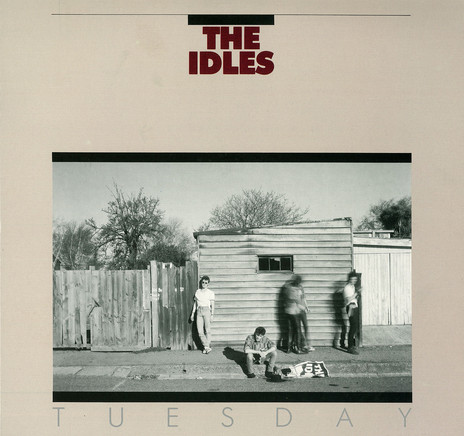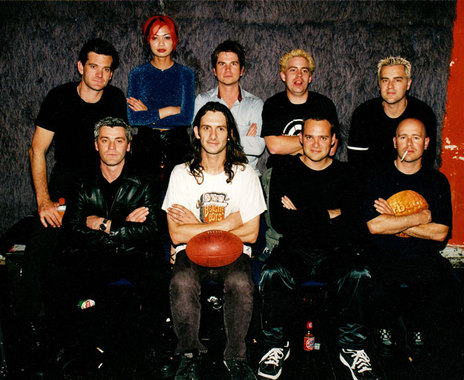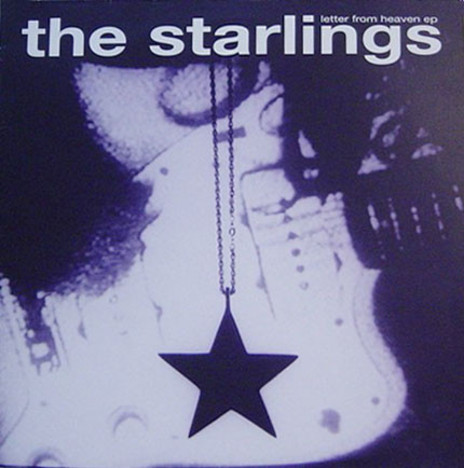When Barry was 18 he joined Cruze, a popular professional covers band, and did his first tour. But the young drummer wanted more and in 1979 he moved to Sydney.
“I lived across the road from the Bondi Life Saver venue, so I went every night and saw great bands like Rose Tattoo, Mental As Anything, AC/DC and Dragon. That’s where I met Ray Goodwin, one of the Kiwis in Dragon. He persuaded me to join another band he was in called ALTA.”
A single, ‘Back of the Woods’, was produced by Dragon co-founder, Todd Hunter. In 1980 Todd was also playing guitar and producing records for a band called the XL Capris (1978-82). He noticed Barry’s drumming and persuaded him to join. Later, Barry roped in fellow Dunedinite Mike Chirnside on bass and the new rhythm section played with the group until XL Capris split and Todd went back to Dragon. The Bondi Road flat got busted (“nothing to do with me!”) and it seemed like a good idea to go back to Dunedin for a while.
“I formed The Idles (formerly called Pretty Idles) on my return from Australia in 1982 with Rob Murphy on bass, Ross McKenzie on vocals, John Fleury and Jim Taylor on guitar and Al Anderson on percussion. We started with cover versions of songs by groups like Hunters and Collectors and Midnight Oil and then originals started coming at practices.”
The Idles were one of the most hard-working and professional bands in Dunedin at the time, who as well as packing out the Captain Cook night after night also attracted good crowds on their New Zealand tours. Jayrem Records owner Jim Moss saw the band in their heyday in 1983 in Wellington and released two albums, Agroculture (1983) and Tuesday. The latter album was recorded live at Auckland’s Mainstreet in 1984 with The Mockers; this gig was also broadcast on Radio With Pictures.
The Idles were one of the most hard-working and professional bands in Dunedin in the early 80s.
Successful as they were, The Idles suffered from the same problem that beset many a New Zealand band before the advent of digital recording and the internet. What do you do after you’ve “conquered” New Zealand? Some members of the band were keen to take it overseas but others already had other commitments and this caused the band to split up in 1985.
Barry and Rob Murphy started playing with Mike Weston and Bruce Mahalski in Crystal Zoom! but this was really just an entertaining diversion. Barry’s main agenda was to get overseas but he didn’t have any money. What to do? He decided to gamble everything on a couple of big promotions.
“My first promoter shows were The Mockers and Herbs, both at Sammy’s Cabaret in Dunedin in 84-85 after I had left The Idles. Local venue owner Eddie Chin lent me the deposits. He swore he’d break my legs if I didn’t pay him back. Luckily they both sold out and I went to San Francisco for a year. I tried to get some drumming work but there were just too many bands and not enough gigs, so in 1986 I moved to London.”
Barry’s first gig in the UK was drumming for The Exponents, who were doing good business playing for riotous Kiwi ex-pats on their big OE. One show sold out 5000 tickets in a day.
“I met Dave Gent, bassist for The Dance Exponents at the Goat In Boots pub in Chelsea and he told me they needed a drummer. After playing and recording with them for a bit the band got an offer to come back to New Zealand to do some recording for Adam Holt. While in London Jordan Luck had written most of the now ‘iconic’ songs such as ‘Why Does Love (Do This To Me)’, ‘Who Loves Who The Most’ and ‘Whatever Happened to Tracey’.
“Jordan didn’t want to bring me back, as Harry was ready to re-join the band. Chris Sheehan didn’t want to go back with the rest of them either so together we formed The Starlings. Dave Gent played bass for a bit at the beginning and Jim Taylor from the Idles and Jenny Starling [Faul], Chris’s partner, was also in the first line-up. We played every show we could find, from house parties in Hull to the Marquee in London. At the time I was making most of my money as a gardener, as were many of my colleagues. I would landscape from 6am to 5pm, drive to wherever the show was, and get home at 3am. Then it was off to work gardening again. Good fun now I think about it.”
The Starlings was originally a five-piece band until Sheehan sacked all original members except for Barry, and recruited Northampton-born bass guitarist Matt Parkin. After their first EP, Letter from Heaven, the band signed to Dave Stewart's Anxious Records.
“I recorded three EPs with the band: Letter from Heaven, Safe in Heaven Dead and The Last One. Chris was a very complex person but extremely gifted, in the studio in particular. I had a great relationship with him. He just let me play what I wanted, not what any producer wanted me to. We did a recording with Dave Stewart producing at Church Studios in Crouch End. I did my drum tracks then happily went to the pub. On my return to the studio next day, Dave played back the song from last night, which had the most fantastic sounding (and played) drums on it! Of course it wasn’t my drums! He asked Chris and me what we thought of the session drummer? Chris took the tape and smashed it. It didn’t sound like us. I will always thank him for staying true.”
“Chris [Sheehan] took the tape and smashed it. It didn’t sound like us.”
In 1991 Sheehan was also playing and recording with another Anxious Records band called Curve.
“Alan Moulder – the record producer for Curve, Smashing Pumpkins and Nine Inch Nails and several other big acts – came along to see The Starlings support Curve in Belfast and he liked our sound. The Jesus and Mary Chain, a Scottish band formed by Jim and William Reid in 1983, was about to go on tour to promote the album Reverence and they desperately needed a new rhythm section. Alan suggested me and Matt. Together we did a Scandinavian tour then the Rollercoaster Tour across the UK and Europe with Blur, My Bloody Valentine and Dinosaur Junior. It was my first introduction to life on a proper tour bus. I had my own sofa and bed, catering, you name it. It’s just not the same in a Toyota Previa.
“The Reid brothers used to get very nervous before they went on stage and we’d all tend to get pretty drunk to cope with the stress. Three sold-out nights at the Brixton Academy can be very intense. But I think they’ve made some of the very finest records going, and I’m happy I got the chance to play and record live with them. I also learnt a lot about how to run a tour from this band.
“After the tours I returned to Dunedin in 1992 for a holiday, and my son Tom was born. In 1994 we moved to Auckland and I started working as a tour manager for promoters Ian Magan and Gray Bartlett at Pacific Entertainment. They managed and promoted The Exponents at the time. David Gent asked me to be the Exponents’ tour manager, and then I gradually became their full-time manager and part-time drummer when Harry wasn’t available.
“We used to play nearly every pub in New Zealand. If it had a KFC it was good enough for us. I did all the promoting, the driving, selling the merchandise and taking the money at the door. It wasn’t as glamorous as you’d think, but it was great to manage a band that sold out pretty much every gig.
“I formed a company called Blackout (Blackout Music Management) and started to manage and run tours for other local acts such as Pash, Stellar* and Wellingtonians Breathe. My Dunedin mates Malcolm Black and Paul Ellis were heads of Sony Publishing and I got to know the CEO, Michael Glading. This helped me get all of these bands onto the label. Stellar* won the New Zealand music awards in 2000 and their first album went five-times platinum. I also worked with Dave Dobbyn, Greg Johnson, Head Like A Hole, The D4, Jan Hellriegel, and Shocking Pinks, to name but a few.”
For much of the 1990s Blackout was the local rep for Vivian Lees, the Australian owner of Big Day Out and, as well as signing up local acts, they also started bringing out overseas acts on their own behalf, such as the Arctic Monkeys, Groove Armada, Franz Ferdinand, Carl Cox and The Violent Femmes.
For much of the 90s Blackout was the local rep for the Big Day Out.
Barry was the sole director of Blackout until he married his partner, Nancy, in 2007. Nancy runs the publicity side of Blackout and is also a director. Their clients include TEG Dainty, Teg Live, Chugg Entertainment, and Adrian Bohm Presents, and they’ve promoted around 500 shows including Prince, Eminem, Guns ’N Roses, Bob Dylan, Robert Plant, Iron Maiden and comedians Jerry Seinfeld, Jimmy Carr and Noel Fielding.
Barry claims that Nancy is doing the most of the work but he’s still looking for great musicians to work with.
“I’m also playing drums again, jamming with Malcolm Black and Nick Sampson from Netherworld Dancing Toys. It was just mucking around on Sundays in Mal’s garage in Piha but things have progressed to recording at Big Pop Studios in Auckland. The band is called Grecian 2000, named after a hair darkening product for men with grey hair. I also collect drums. I’ve got a silver sparkle Premier traps kit that was Nancy’s grandfather’s ... but my favourite kit is still my great nitron black Gretsch kit which I bought from XTC when they played NZ in the 80s. They’ve been all around the world with me.”
